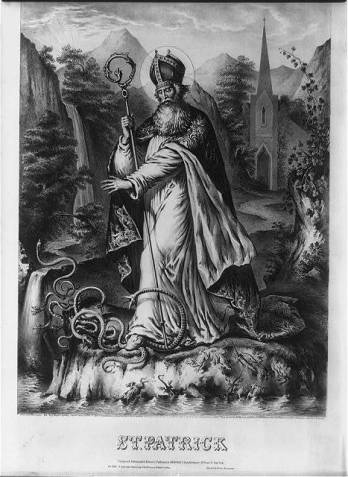We’re about at the end of Women’s History Month. Because Murder Under a Twilight Roof, Book 5 of the Adele Gossling Mysteries, comes out next month and is set at the circus, last week I looked at some gutsy circus gals here. Women’s history wouldn’t be complete without a discussion of women’s suffrage, which was such a huge issue in the 19th and early 20th centuries. So the question comes to mind: How did circus women feel about women’s suffrage?
This might seem like a stupid question since it’s hard to imagine any woman wouldn’t be all for women having the vote so they could have a say in public policies, employment issues, and treatment of women in all areas. But in the 19th and early 20th centuries, there were many women opposed to women gaining their rights in the political arena (if you’ve been reading my Adele Gossling Mysteries, the character of Mrs. Faderman is one of these).
But circus women were working women and were all for women’s equality. Working women were a major audience for the suffragist movement, coupled with the labor movement where many women were beginning to stand up for themselves in terms of working conditions (which I talk about in my blog post about the Triangle Shirtwaist Factory tragedy) and equal pay (which I talk about here). Circus women could identify with this.

Photo Credit: “The Barnum & Bailey, greatest show on earth: Baby Bumbeno, the only American Born giraffe”, circus poster, 1910, lithograph, Richard Dale McMullen Collection, Boston Public Library: Boston Public Library/Flickr/CC BY 2.0
Suffragism was so important to them, in fact, that in 1912, women performers from the Barnum & Bailey circus gathered to make an announcement of their wholehearted support of the women’s movement, including forming the first circus suffrage society. Now, you would think the leaders of the suffragist movement at the time would embrace support from all different sectors of women’s experience. But, sadly, this wasn’t exactly the case.
Why? One thing we have to keep in mind is the first-wave feminist movement (which I talk about more in detail here) was made up mainly of white, upper-class, and upper-middle-class women. These women had ideas about morality and virtue that were pretty rigid We also want to keep in mind that at this time, circuses had a reputation for being not-so-virtuous places. Some even participated in criminal activities such as graft and pickpocketing. So women who worked for the circus were seen as questionable when it came to their moral standing, whether it was true or not (and in many cases, it wasn’t, as large circuses like Barnum & Bailey and the Ringing Brothers kept stringent rules for all their performers regarding their conduct – so much so that the Ringing Brothers’ circus was known as the Sunday School Circus). For these early suffragists who worked hard to portray the movement as one based upon virtue and morality, they feared including circus women in their fight would tarnish their reputation.
There was also another problem. Circus women were in a paradoxical position. On the one hand, they didn’t really experience as much of the kind of inequalities their sisters were fighting for. Circus women were usually treated as equals to men in the circus and as for their salaries, it was well known that circus stars like Lillian Leitzel were paid more than their male counterparts. On the other hand, circus managers and promoters were well aware of the stigma of circus women as “unfeminine” because they were working women and because many of them had the physical strength of men (think about it: You can’t be a fainting Victorian lady grabbing the smelling salts at the least physical exertion if you’re performing on a trapeze or a tightrope). Because of this, they often portrayed these women performers as just as “feminine” as any other woman, eager to get out of the ring to tend to their cleaning and cooking and dress in the confining clothes of the day the moment they were out of leotards.
The feminist movement eventually capitulated and accepted the circus women into their movement mainly because they realized how sincere these women were in their beliefs in women’s rights.
If you want to read about more circus women who believed in women’s rights, pick up a copy of Murder Under a Twilight Roof, on preorder now at a special price, here.
If you love fun, engaging mysteries set in the past, you’ll enjoy The Missing Ruby Necklace! It’s available exclusively to newsletter subscribers here. By signing up, you’ll also get news about upcoming releases, fun facts about women’s history, classic true-crime tidbits, and more!








